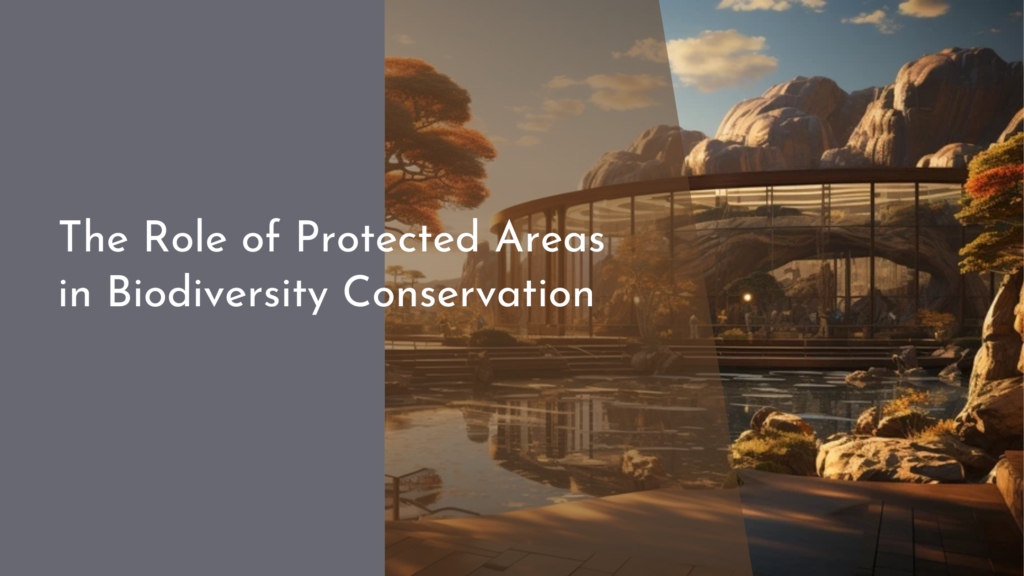The effect of green infrastructure on amphibian habitats
As urbanization continues to expand, the need for sustainable development practices becomes increasingly urgent. One of the most promising solutions to this challenge is the implementation of green infrastructure. This approach not only enhances urban environments but also plays a critical role in supporting biodiversity, particularly for amphibians. These fascinating creatures, which include frogs, toads, and salamanders, are vital indicators of environmental health. This article delves into the various ways green infrastructure positively impacts amphibian habitats and survival, showcasing innovative practices and success stories that highlight the benefits of a greener world.
Understanding Green Infrastructure and Its Importance
Green infrastructure refers to a network of natural and semi-natural features that provide multiple environmental, social, and economic benefits. This includes parks, green roofs, rain gardens, wetlands, and permeable pavements, among others. By mimicking natural processes, green infrastructure enhances urban resilience against climate change, mitigates flooding, improves air and water quality, and boosts recreational spaces for communities. Such systems not only serve aesthetic purposes but also provide critical habitats for diverse species, including amphibians, which often rely on specific environmental conditions to thrive.
The importance of green infrastructure becomes even more pronounced when considering the challenges faced by amphibians today. Habitat loss, pollution, and climate change are just a few of the factors contributing to the decline of amphibian populations worldwide. Implementing green infrastructure can create safer, more sustainable environments that facilitate their survival and reproduction. By integrating ecological considerations into urban planning, cities can foster resilient ecosystems that support both human and wildlife populations.
How Green Spaces Benefit Amphibian Habitats and Survival
Green spaces offer a multitude of benefits for amphibian habitats, primarily by providing essential resources such as breeding sites, shelter, and food. Wetlands, ponds, and other aquatic environments within urban areas play a critical role in the life cycle of amphibians, serving as breeding grounds where they can lay their eggs in a safe, moisture-rich environment. Furthermore, these green spaces often maintain a higher level of biodiversity, creating a more balanced ecosystem that supports various life forms, including insects that serve as food sources for amphibians.
Moreover, green infrastructure aids in mitigating the effects of urban heat and pollution, which can be detrimental to amphibian populations. Vegetative cover acts as a buffer against temperature fluctuations, providing cooler microclimates that are favorable for amphibians sensitive to temperature changes. Additionally, improved water quality through natural filtration processes in green infrastructure can significantly reduce the toxic effects of runoff and pollutants, ensuring safer environments for amphibians to inhabit and thrive.
Innovative Green Practices Promoting Amphibian Health
Several innovative green practices are being implemented to further promote amphibian health in urban spaces. One such practice is the creation of amphibian corridors—designated pathways that connect fragmented habitats, enabling amphibians to migrate safely between breeding and feeding grounds. These corridors can consist of vegetated strips, ponds, and natural barriers that reduce the risks associated with urban obstacles such as roads and buildings. By facilitating movement, amphibian corridors contribute to genetic diversity and population resilience.
Another exciting development is the introduction of bioretention cells, which are specialized green infrastructure features designed to manage stormwater runoff. These cells can be designed to mimic natural wetlands, providing ideal conditions for amphibian breeding while simultaneously improving water quality. By strategically placing these bioretention systems in urban landscapes, cities can enhance amphibian habitats, supporting their life cycles while also addressing stormwater management challenges in a sustainable way.
Success Stories: Amphibians Thriving in Green Infrastructure
Across the globe, there are inspiring success stories demonstrating how green infrastructure has revitalized amphibian populations. One notable example can be found in the city of Melbourne, Australia, where the implementation of green roofs and urban wetlands has led to a remarkable resurgence of native frog species. By enhancing local green spaces and providing suitable breeding habitats, the city has seen an increase in amphibian diversity, showcasing the positive impact of thoughtful urban planning.
Similarly, in the city of Seattle, Washington, an ambitious project focused on restoring natural habitats along urban waterways has yielded impressive results for local amphibian populations. The restoration efforts, which included planting native vegetation and creating vegetated buffer zones, have successfully improved water quality and habitat complexity. As a result, several species of amphibians have returned to these revitalized areas, demonstrating that the integration of green infrastructure can lead to thriving ecosystems even within urban environments.
In conclusion, green infrastructure represents a beacon of hope for amphibians facing the challenges of urbanization and environmental change. By creating interconnected green spaces and implementing innovative practices, cities can foster habitats that not only support amphibian survival but also enhance the quality of life for all urban residents. As success stories from around the world illustrate, a commitment to green infrastructure paves the way for a brighter, more sustainable future—one where both people and amphibians can thrive together. Embracing this approach is not just beneficial; it’s essential for nurturing the incredible biodiversity that enriches our planet.


